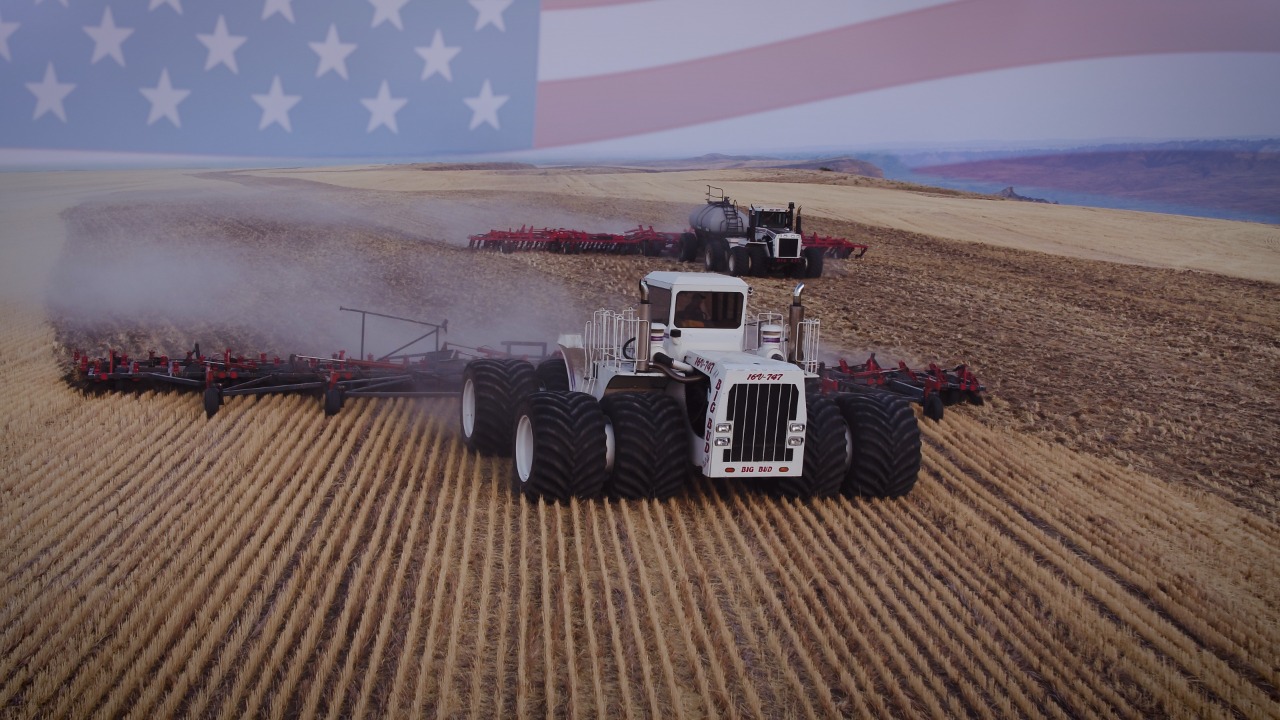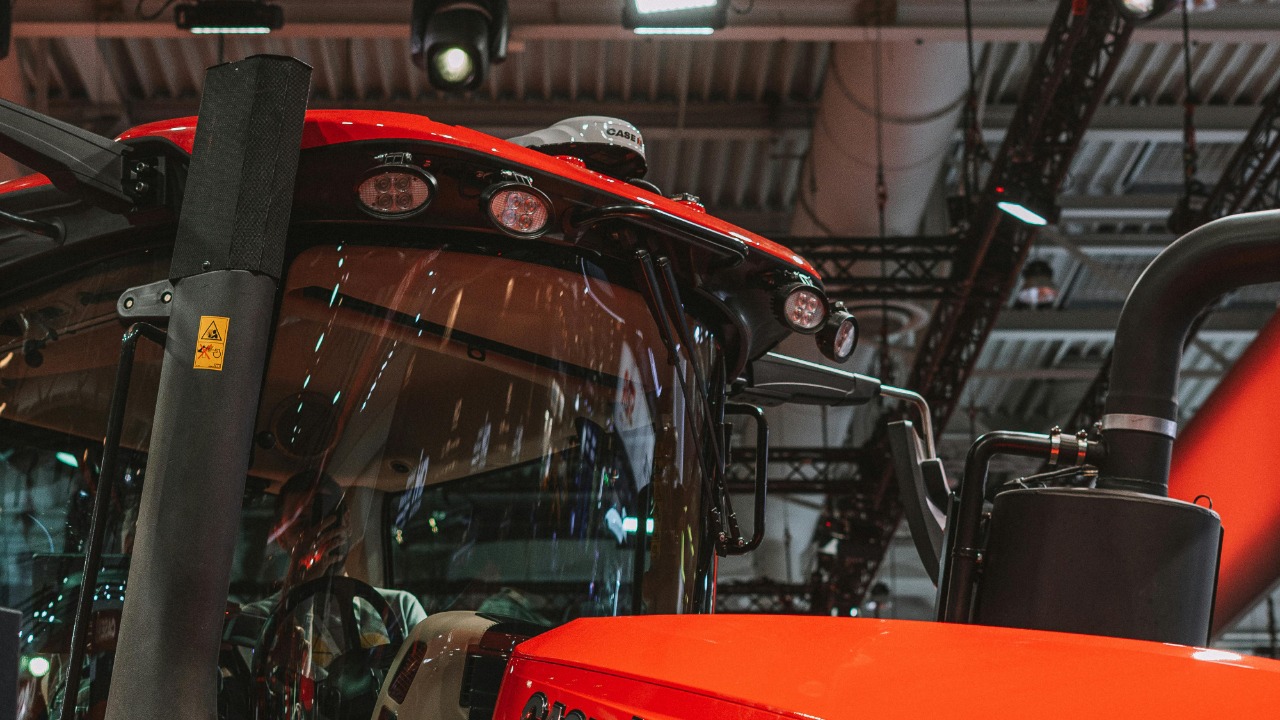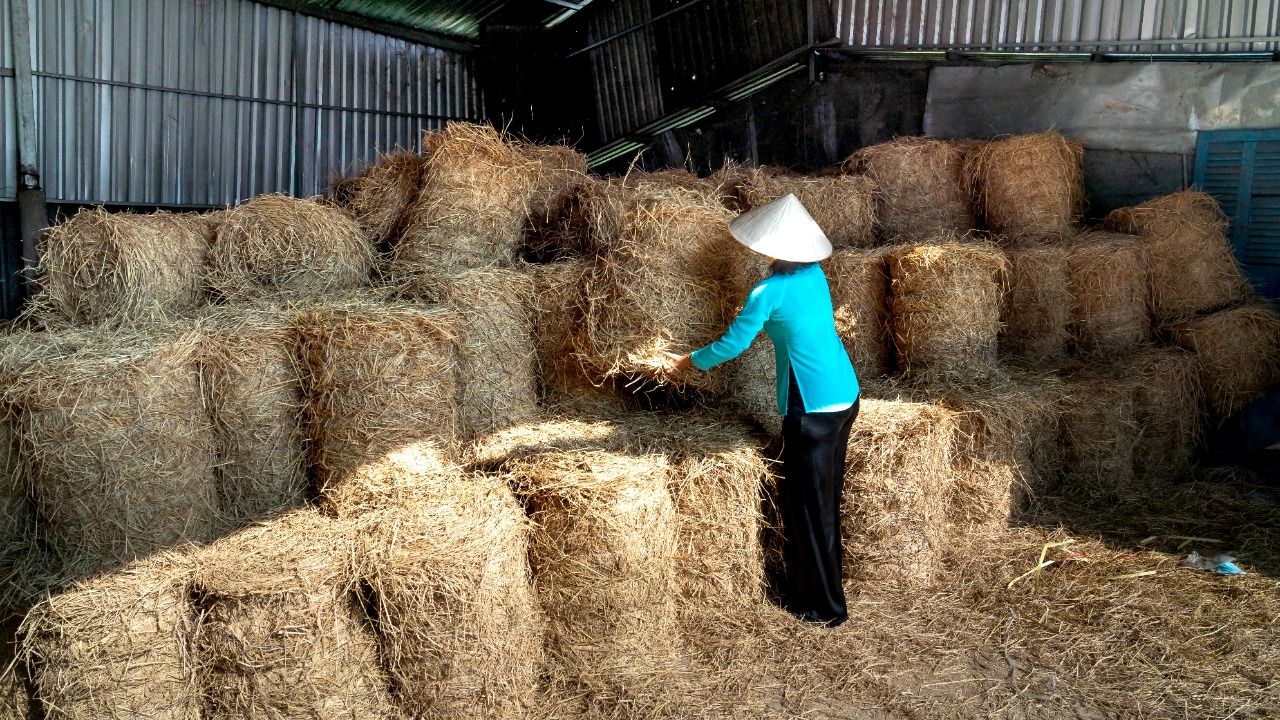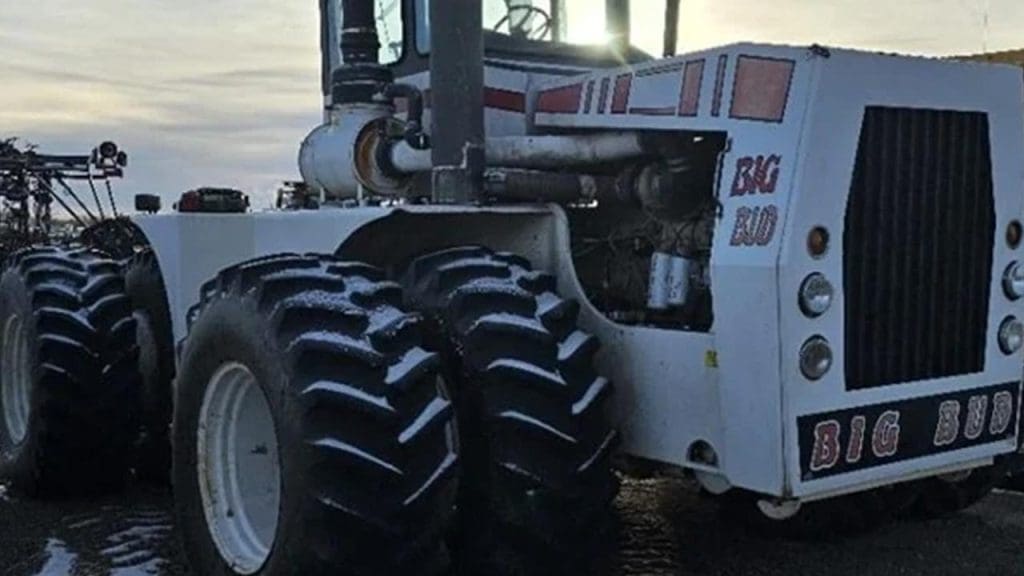
Big Bud 747 is a legend in the world of agriculture, standing as a testament to human innovation and engineering prowess. Known as the largest tractor ever built, this remarkable machine continues to capture the imagination of farmers and machinery enthusiasts alike. Big Bud’s history, specifications, and enduring legacy make it a giant both in size and significance.
History and Origins of Big Bud

The creation of Big Bud 747 in 1977 was driven by a need for a powerful machine capable of handling large-scale farming operations. Designed to meet the demands of expansive agricultural fields, Big Bud was intended to improve the efficiency and productivity of farming by covering more ground in less time. The vision was clear: to construct a tractor that could handle the enormity of the task with ease.
Ron Harmon and the Northern Manufacturing Company played pivotal roles in the development of Big Bud. Under their guidance, the tractor was designed with key elements that prioritized power and durability. The collaboration resulted in a machine that not only met but exceeded the expectations of its creators. The Rossi Brothers were among the first significant owners, utilizing Big Bud’s immense power for their large-scale farming operations, setting the stage for its legendary status.
Technical Specifications and Features

Big Bud’s size is truly impressive, measuring 27 feet long, 20 feet wide, and 14 feet tall, with a weight of around 100,000 pounds. These dimensions earn it the title of the largest tractor ever built. The massive machine is powered by a Detroit Diesel engine, which boasts an astounding 1,100 horsepower, allowing it to perform heavy-duty tasks with remarkable ease.
The tractor’s design includes innovations such as articulated steering, which provides enhanced maneuverability despite its colossal size. Additionally, Big Bud was built with customizable features to meet the specific needs of various agricultural operations, making it a versatile tool in the hands of its owners. These unique design aspects contribute to its lasting appeal and functionality.
Impact on Agriculture

Big Bud’s immense power and size significantly improved farm productivity and efficiency. By allowing farmers to cover more ground in less time, it revolutionized large-scale farming operations. The tractor’s ability to perform tasks that would typically require multiple smaller machines resulted in substantial cost savings and streamlined operations.
However, the economic impact of investing in Big Bud was not without its challenges. The initial cost and maintenance expenses required careful consideration by potential owners. Despite these challenges, Big Bud’s influence on future tractor designs and the agricultural machinery industry is undeniable. It inspired innovations that continue to shape the sector today.
Current Status and Revival Efforts

Today, Big Bud can be seen at museums and agricultural shows, where it continues to capture public interest. Its preservation highlights the cultural significance of maintaining such an iconic piece of agricultural history. The tractor’s enduring popularity reflects its status as a symbol of ingenuity and progress.
Recent efforts by the Big Equipment Company to revive the Big Bud brand have focused on modern updates and market demand. The revival has been met with enthusiasm from the community, highlighting the cultural and historical significance of this legendary machine. As the Big Bud name returns to the market, it continues to inspire a new generation of farmers and machinery enthusiasts.
Future of Large-Scale Agricultural Machinery

The legacy of Big Bud influences current technological advancements in agricultural machinery, including automation and sustainability. As the industry evolves, there is a growing focus on balancing the power and efficiency of large-scale machinery with environmental considerations. The advancements inspired by Big Bud serve as a foundation for future developments in the sector.
Challenges facing modern large-scale tractors include environmental concerns and the need for continued innovation. As the industry strives to create machinery that is both powerful and sustainable, the lessons learned from Big Bud’s design and impact remain relevant. The vision for the future of farming with large machinery involves finding the right balance between size, efficiency, and environmental impact, ensuring that the agricultural sector continues to thrive.